
Firefighter Christian Garcia of Mexico puts out hot spots in an area burned by the Shovel Lake wildfire near Endako, B.C., on Aug. 16, 2018. The Shovel Lake wildfire is more than 680 square kilometres in size and is the largest of the more than 500 fires burning across the province.DARRYL DYCK/The Canadian Press
Emergency officials in British Columbia are bracing for an increase in extreme fire activity in the province’s central Interior as hot, dry weather is expected to cause wildfires to quickly spread, adding to a crisis that has already forced thousands of people from their homes.
Of particular concern is the Nechako Plateau, a region roughly 600 kilometres north of Vancouver that includes the village of Burns Lake, which is already packed with so many evacuees from surrounding areas that newcomers are being sent to Prince George.
“If this increase in fire behaviour does occur, we can expect to see fires that spread quickly and burn aggressively,” Kyla Fraser of the BC Wildlife Service said an e-mail on Thursday.
Related: B.C. wildfire emergency prompts rebooking options from Air Canada, WestJet
Ms. Fraser said thick smoke in the area was tempering fire behaviour, but that when the smoke clears and temperatures rise, as expected, the situation is expected to worsen.
A day earlier, the B.C. government declared a state of emergency − the second in two years − as more than 500 wildfires burning in nearly every corner of the province have overwhelmed the province’s firefighting resources. As of Thursday, there were 26 evacuation orders issued, affecting about 3,100 people, while another 19,000 were under evacuation alerts that could call for them to leave their homes

0
300
B.C. WILDFIRES
As of August 16, 2018
KM
Whitehorse
Active fires
Fire evacuation
orders and alerts
Fort Nelson
B.C.
Prince Rupert
Smithers
Fort St. John
Prince George
ALBERTA
Williams Lake
Courtenay
Vancouver
Kamloops
Victoria
Kelowna
U.S.
THE GLOBE AND MAIL, SOURCE:
BC WILDFIRE SERVICE

0
300
B.C. WILDFIRES
As of August 16, 2018
KM
Whitehorse
Active fires
Fire evacuation
orders and alerts
B.C.
Fort Nelson
Prince Rupert
Smithers
Fort St. John
Prince George
ALBERTA
Williams Lake
Courtenay
Vancouver
Kamloops
Kelowna
Victoria
U.S.
THE GLOBE AND MAIL, SOURCE: BC WILDFIRE SERVICE

B.C. WILDFIRES
As of August 16, 2018
Whitehorse
Active fires
YUKON
Fire evacuation
orders and alerts
Yellowknife
NWT
Fort Nelson
B.C.
Prince Rupert
Smithers
Fort St. John
Prince George
ALBERTA
Williams Lake
Courtenay
Edmonton
Kamloops
Vancouver
Kelowna
Victoria
0
300
KM
U.S.
THE GLOBE AND MAIL, SOURCE: BC WILDFIRE SERVICE
Bill Miller, chair of the Regional District of Bulkley-Nechako, said Burns Lake, a community of about 2,000 people, is near four major wildfires, although there is no evacuation alert or order for the village yet.
“They’re big fires. They’re uncontrollable and they’re basically going where the wind takes them and, as I have understood from the weather people from [the wildfire service], we’re about to get a few days of pretty twisty winds,” Mr. Miller said in an interview from Burns Lake.
“I’m a farmer and I never trust the weather report past three days, but the reality is that for the next three days, we’re in for a bit of a ride,” he said, noting the temperatures are increasing, the relative humidity is declining and winds are picking up − a scenario that encourages fires to spread.
Mr. Miller said he was concerned about the impact of the fires on communities and infrastructure, such as highways, hydro lines and even fibre optics, in his region, as well as the reality that some residents will “stay and defend” their property rather than obeying evacuation orders.
Mr. Miller said the firefighters he sees on duty are a “pretty haggard-looking group of people,” who have worked tirelessly in the past three weeks. “Those people are all out there and doing their part trying to avert disaster.”
Bob Simpson, the mayor of Quesnel, said the fire situation was somewhat calmer midday Thursday compared with last week.
“The Narcosli Creek fire, a week ago today, went from a nothing fire with no resources on it and it took a run straight toward the city of Quesnel,” he said.
The BC Wildfire Service said that, as of Thursday morning, the Narcosli Creek fire was 70-per-cent contained. Mr. Simpson said the other fires in the area were a fair distance from the city, adding that thick smoke was the primary health hazard.
Mr. Simpson said he is meeting with Premier John Horgan’s deputy minister later this month and plans to discuss ways to fight large wildfires before they begin, through measures such as prescribed burns.
“When are we going to actually get ahead of the game and get ahead of these fires by doing the work [preparing] for the following season’s fires?”
To date, the 2018 wildfires have consumed 435,650 hectares of forest, which means this season already ranks fourth in area affected since the first reliable measurements were taken in 1950. The most severe damage was last year, when 1.2 million hectares were burned, followed by fire seasons in 1958 and 1961, according to data from the wildfire service.
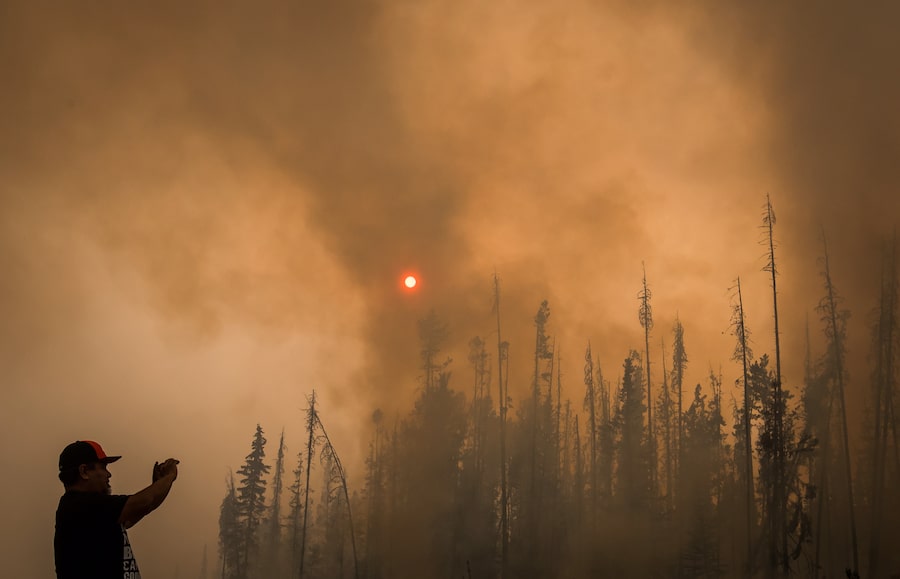
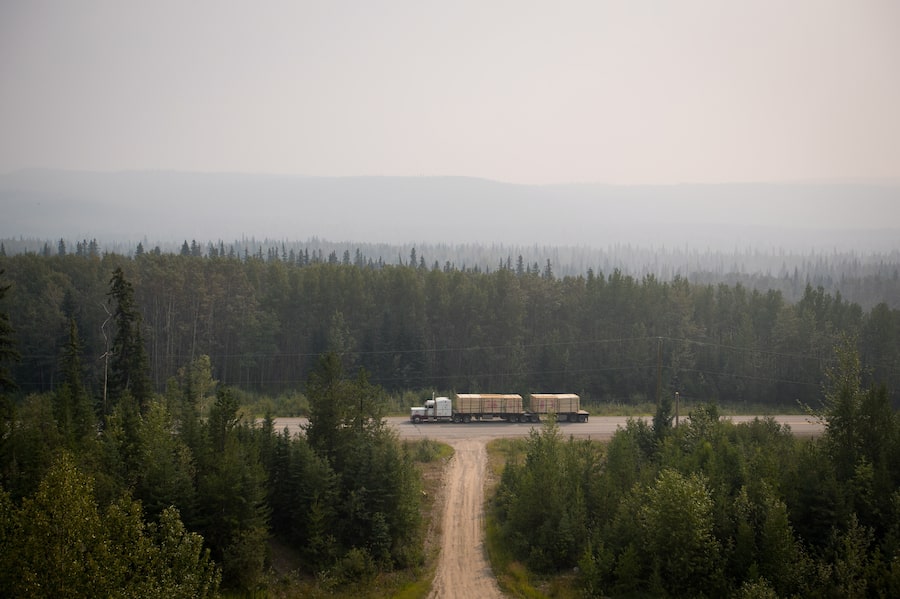
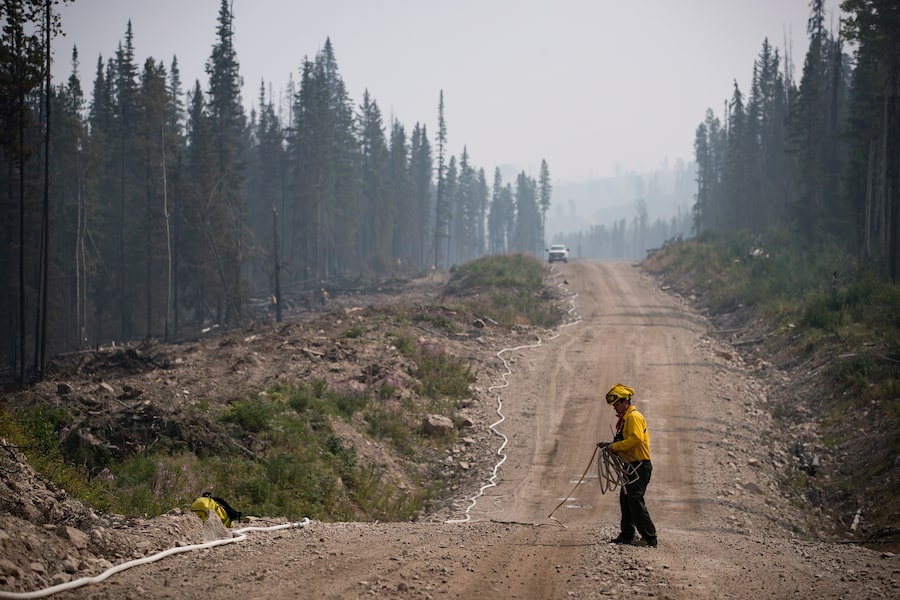
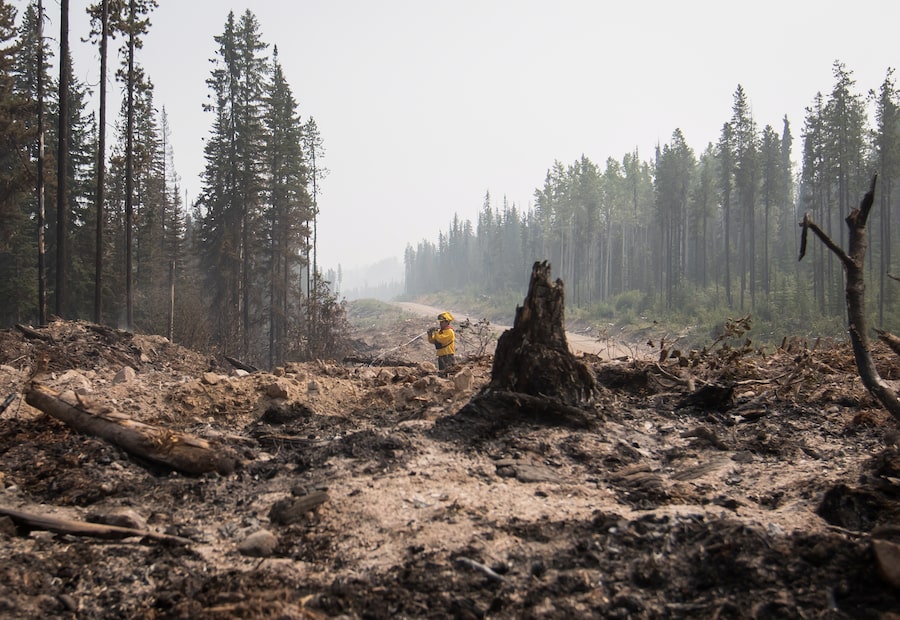
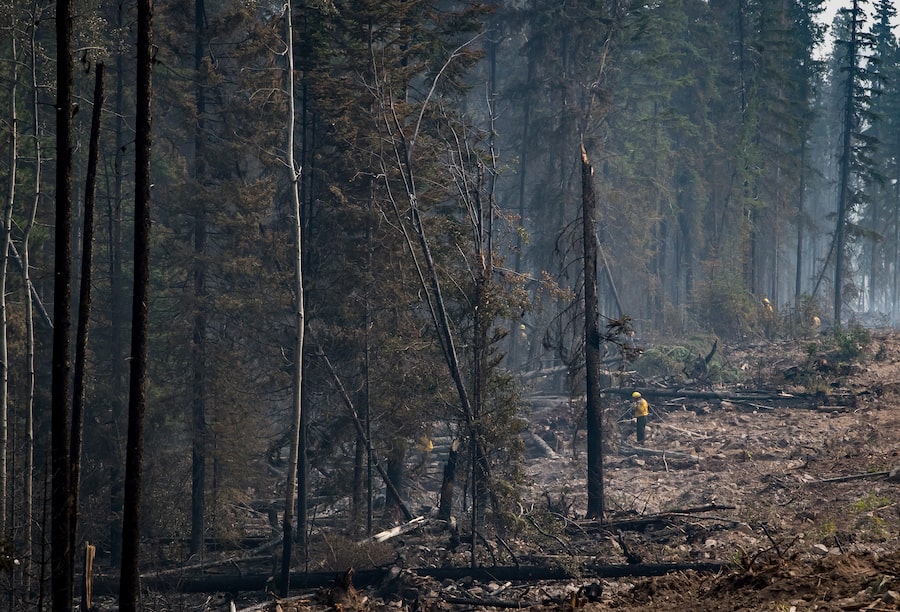
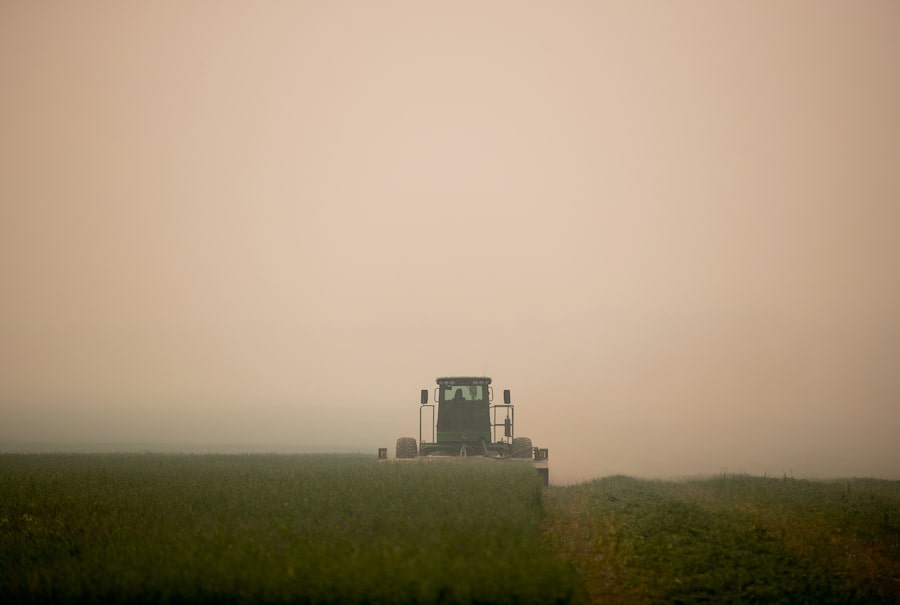
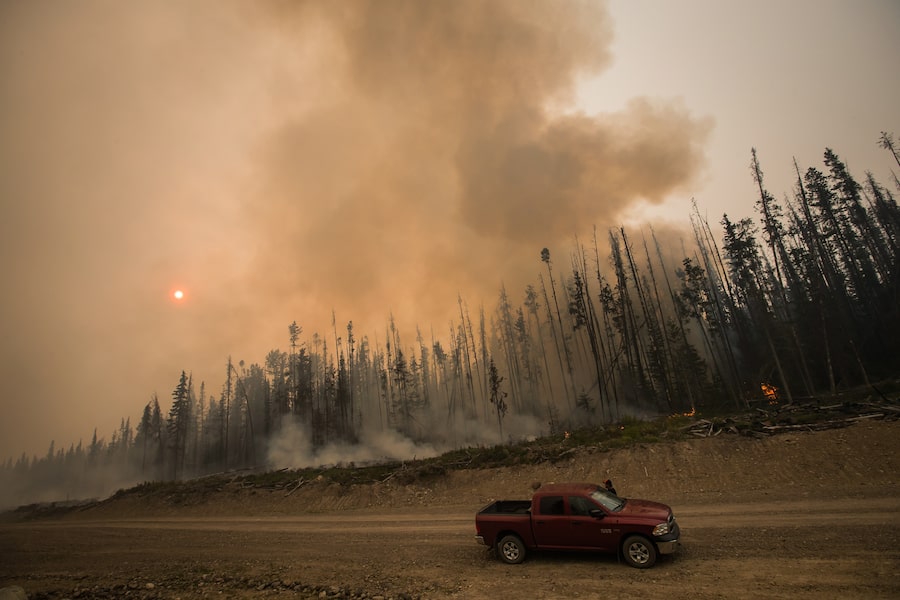
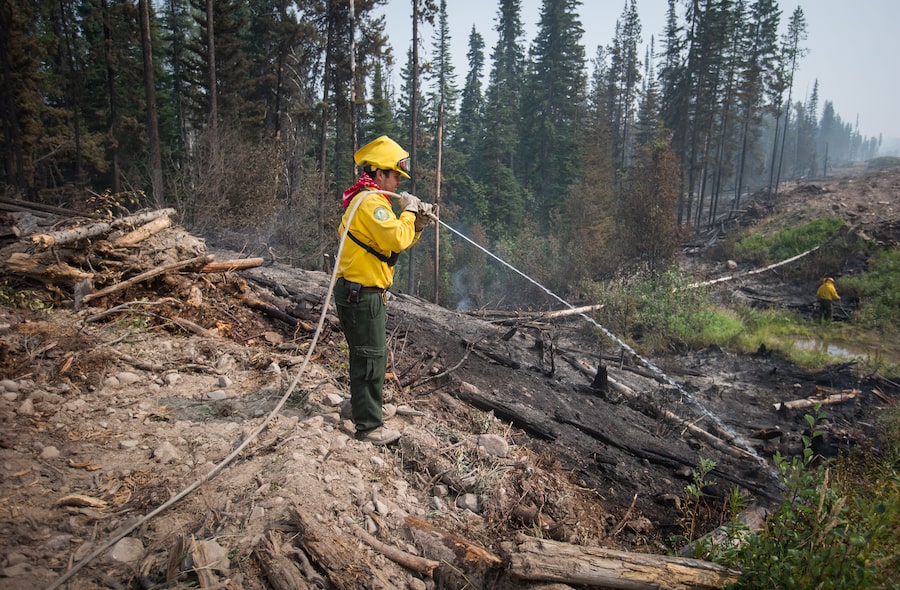
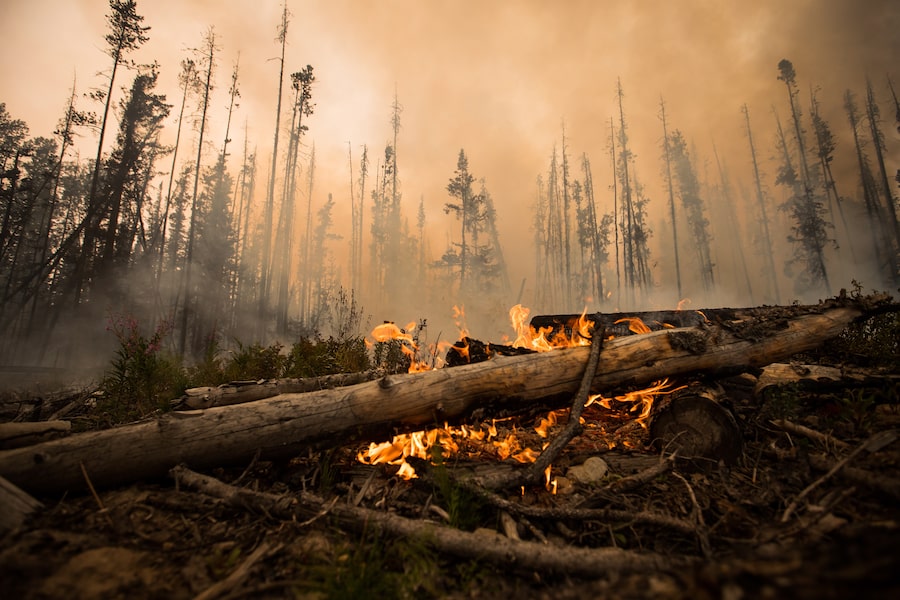
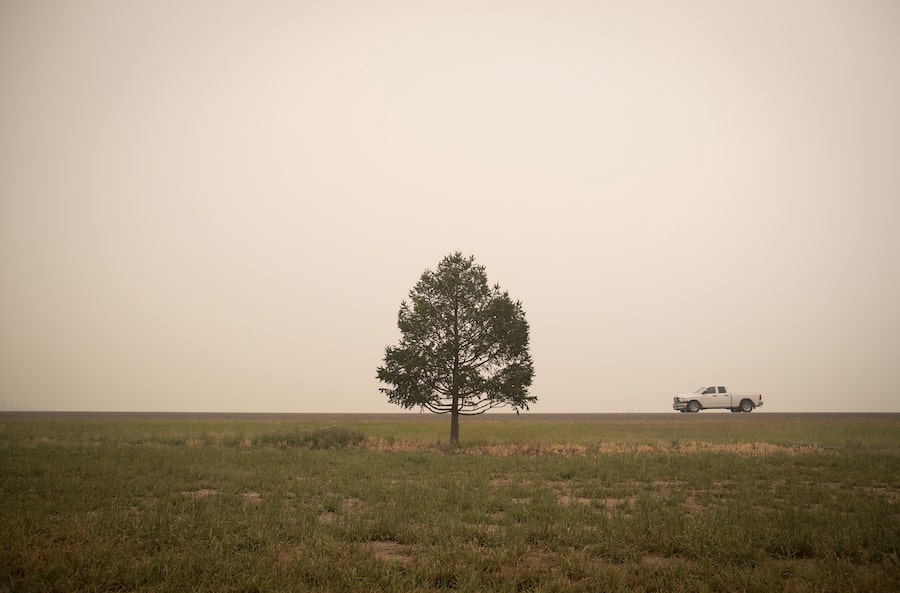
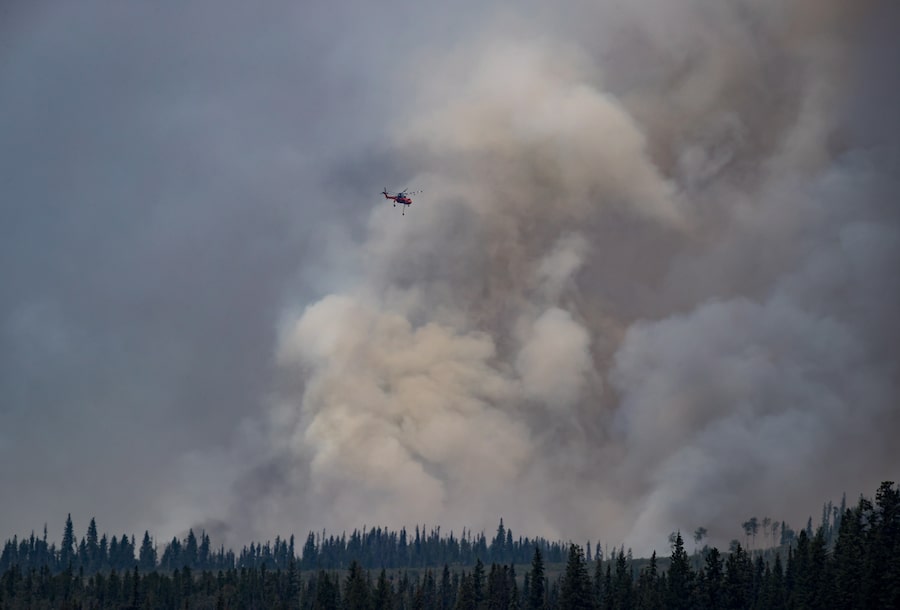
 Ian Bailey
Ian Bailey